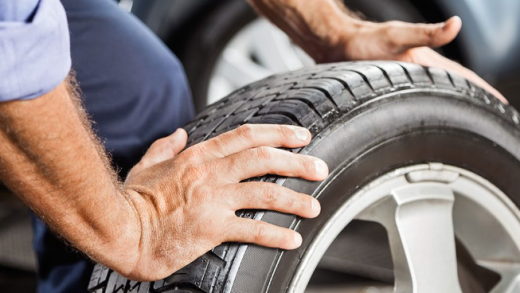Car seats are an essential component of vehicle safety, providing protection and comfort for passengers. However, have you ever wondered how long a car seat can last? In this comprehensive blog post, we will delve into the factors that determine the lifespan of a car seat, ensuring that you have the knowledge to make informed decisions about the safety of your passengers.
1. Understanding the Lifespan of a Car Seat:
Car seats are designed to withstand wear and tear, but they are not meant to last forever. The lifespan of a car seat is influenced by various factors, including:
a) Material Quality:
The quality of materials used in manufacturing a car seat plays a crucial role in its durability. High-quality materials, such as reinforced steel frames and impact-absorbing foam, can significantly extend the lifespan of a car seat.
b) Usage Patterns:
The frequency and intensity of car seat usage impact its lifespan. Car seats used daily or in high-temperature environments may experience more wear and tear, reducing their overall lifespan. Additionally, car seats subjected to excessive force during accidents may require immediate replacement, even if no visible damage is apparent.
c) Maintenance and Cleaning:
Proper maintenance and regular cleaning are vital for prolonging the lifespan of a car seat. Following the manufacturer’s guidelines for cleaning and avoiding harsh chemicals can prevent premature deterioration of the seat’s materials.
2. Recognizing Signs of Wear and Tear:
To ensure the safety of passengers, it is crucial to recognize signs of wear and tear that indicate the need for a replacement:
a) Visible Damage:
Inspect the car seat for any visible cracks, tears, or deformations. These signs may compromise the structural integrity of the seat, rendering it unsafe for use.
b) Expired or Outdated Models:
Car seat technology evolves rapidly, and older models may not meet current safety standards. Check the expiration date or consult the manufacturer’s guidelines to determine if your car seat is still safe for use.
c) Recalls and Safety Updates:
Stay informed about any recalls or safety updates related to your car seat model. Manufacturers often provide free replacements or repair kits to address potential safety issues.
3. The Importance of Regular Upgrades:
Given the advancements in car seat technology and safety standards, regular upgrades are essential to ensure optimal protection for passengers. Upgrading your car seat every 6-8 years, or as recommended by the manufacturer, can provide peace of mind and keep up with the latest safety features.
Conclusion:
Understanding the lifespan of a car seat is crucial for maintaining passenger safety. By considering factors such as material quality, usage patterns, and proper maintenance, you can extend the lifespan of your car seat. Recognizing signs of wear and tear and staying updated with recalls and safety updates are equally important. Remember, regular upgrades are necessary to keep pace with evolving safety standards. Prioritize the safety of your passengers by making informed decisions about your car seat’s lifespan.


